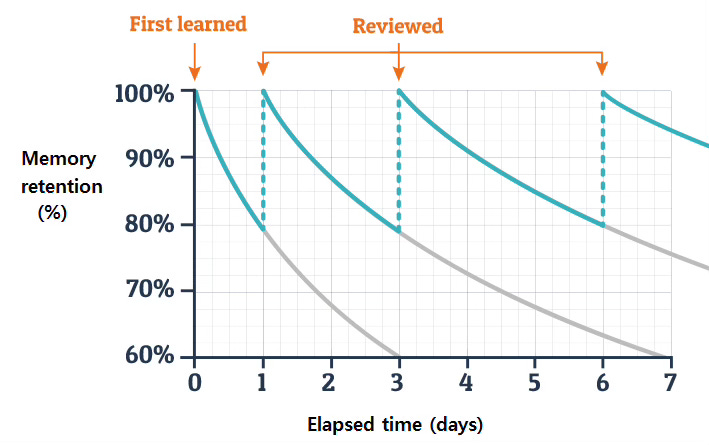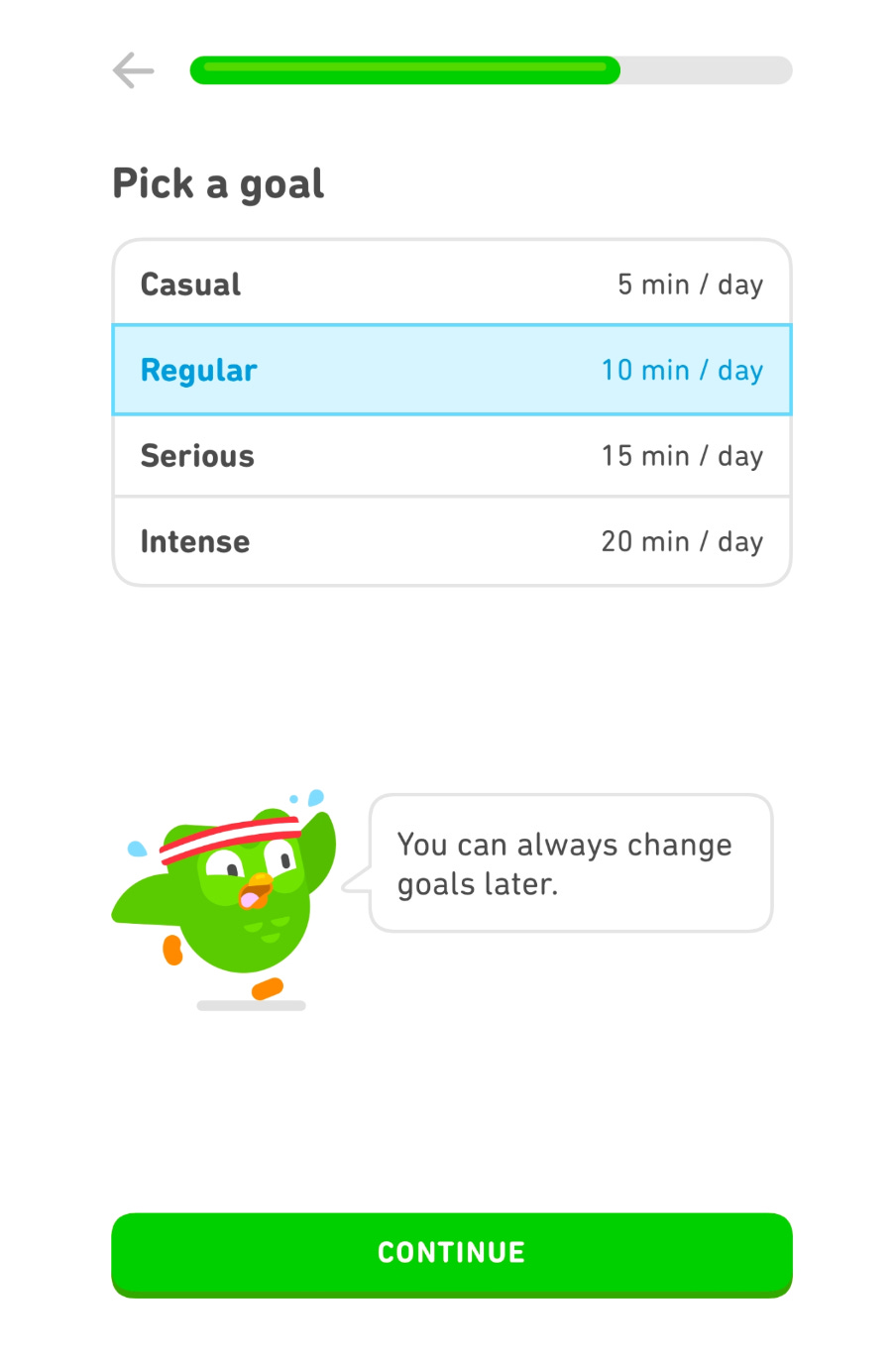"Unlocking the Mystery of Memory: How Memory Shapes User Experience for Users that Forget"
"From Looking for a Book about Stone Age Drinking Intuitive Digital Designs about Forgetting"
Imagine this scenario. There is a book you need, but you don't know the reference number, title, author, or even the subject. The book exists—your spouse read it last year and talked your ear off about it—but you're unlikely to find it without some kind of cue, and your spouse isn’t available right now. This is called cue-dependent forgetting.
Cue-Dependent Forgetting: The failure to recall a memory due to missing stimuli or cues that were present at the time the memory was encoded.
You will only remember the name of this book if your wife cue’s you with something relevant, or you can access some other memory that will cue the name of the book.
However, if you were given the genre, maybe a non-fiction book about Stone Age drinking practices among the people of South-Eastern Turkey (show image and reference the place filled with partying people), you might now be able to find the book.
The book is called "Drunk," and includes a chapter describing how Göbekli Tepe (insert image) was likely the site of the first annual communal party. It's rumoured that these structures could have accommodated thousands of Stone Age partiers (not super relevant here, but the theory in "Drunk" is that we learned to make alcohol before we learned to grow food crops, but I digress).

We can understand memory and its impact on digital products by looking at Hermann Ebbinghaus’ "Forgetting Curve." It provides a graphical representation of the decline in memory retention over time.
We don’t fully understand the neuroscience of how memory works, but we do know that memories that are accessed frequently become easier to recall and infrequent memories become harder to recall. It is much easier to access memories that have multiple “data points” connected to them—things like smells, tastes, people present, particularly emotional events; all can help us recall a memory.
This insight is particularly relevant in the design of digital products.
Here are three ways the Forgetting Curve can be applied in a product management context:
Feature Prioritization During Design Sprints
The knowledge of when and how users are most likely to forget is valuable when identifying user problems and mapping out solutions in a design sprint.
Understanding a timeline of forgetting by user segment can guide teams in prioritizing features that better maintain or re-engage user interest. For instance, incorporating regular, contextually relevant prompts can mitigate the memory decay of how to use certain features of a product, ensuring sustained user engagement and satisfaction.
Diagnostics for User Refresher Needs
For products with infrequent use, such as tax software, hospital admission systems, or purchasing investments for year-end tax offsets, the Forgetting Curve can be a very useful diagnostic tool. It enables the product team and the development team to anticipate when users might need a refresher or extra support.
A well-designed product dashboard that incorporates insights from marketing and customer success is best positioned to use the Forgetting Curve as a diagnostic tool because they have full user cycle data.
[Insert a product dashboard]
Personalization of Marketing and Content
In both marketing campaigns and product content, understanding the dynamics of forgetting will help improve the personalization of user interactions. By analyzing behavioural data to predict when users are most likely to forget important information or how to perform certain tasks, notifications and UX patterns can be tailored to individual user types. This could mean timing marketing messages to coincide with when a user might be ready for a product upgrade or revising content to offer a refresher on product features.
To bring it home, the Forgetting Curve offers insight into the temporal patterns of user memory and behaviour. When interpreted through the lens of behavioural data science, it provides guidance on how to improve digital experiences, ensuring that both new and existing features remain useful and accessible to the user over time.






